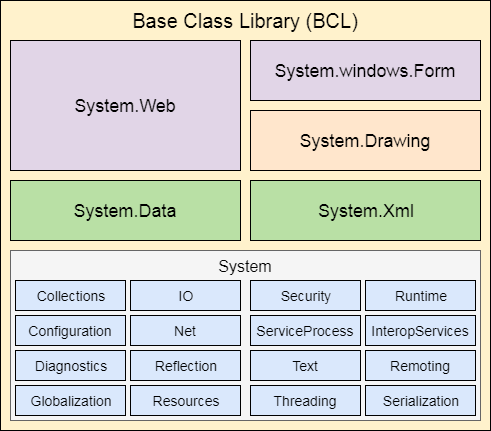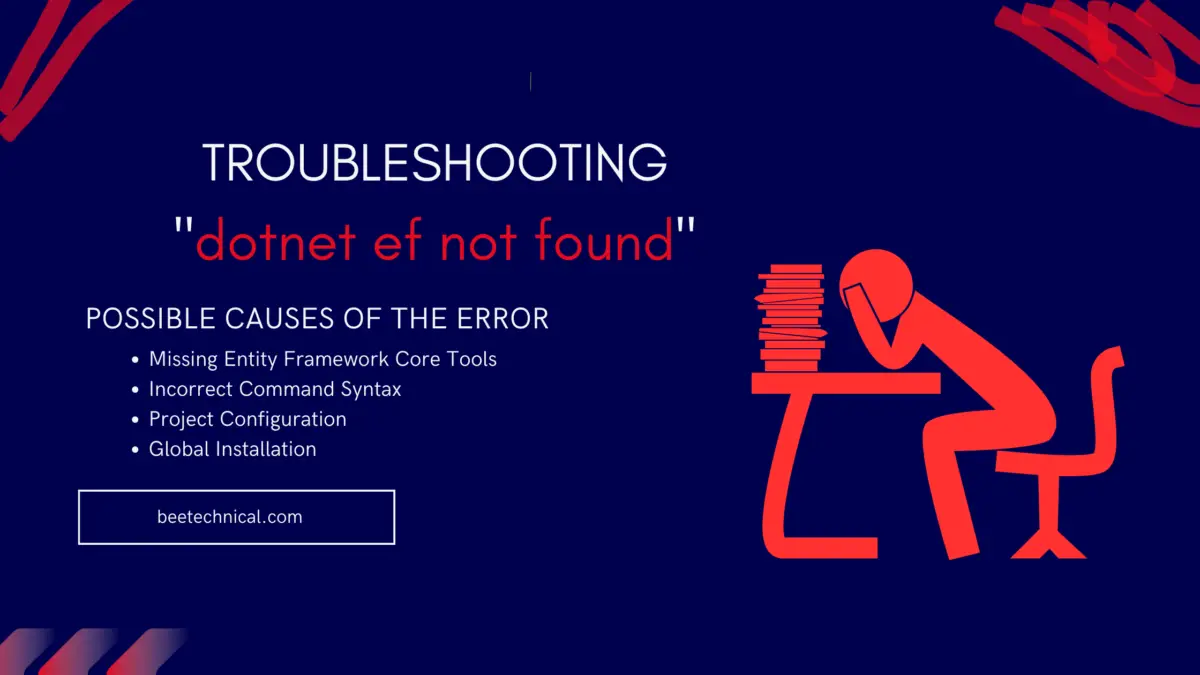A framework is a structured and comprehensive set of tools, code, and guidelines that provides a foundation for building applications, while a library is a collection of pre-written code that developers can use to perform specific tasks within their applications.
The key difference between a framework and a library is that a framework provides a complete architecture and structure for building an application, while a library focuses on specific functionality and can be used within an application’s existing structure.
Frameworks typically require developers to adhere to certain conventions and design patterns, while libraries provide more flexibility in how they can be used.
What is a Framework?
Frameworks make it easier for developers to avoid starting from scratch. Frameworks form the basis for building applications for specific platforms. Various pieces of code are reusable to perform common tasks, while custom functionality is provided by developers.

Objects and functions may exist in the framework that developers can utilize to build applications. By using existing code around the structure, we can add significant functionality to the system.
Frameworks include resources such as images and references in one package. That package can therefore be customized for specific projects. An application can get new capabilities and features by integrating a framework.
Why is the framework used?
The process of developing software is complex. Coding, designing, testing, etc., are some of the terms involved in this. Coders have to deal with syntax, declarations, garbage collection, statements, exceptions, and more when they are coding.
A software framework enables developers to control all or most aspects of the development process from a common platform.
Advantages of a Framework
As a general rule, frameworks offer a number of advantages, including easy debugging, improved coding, easy code reuse, and accelerated development. Let’s examine the advantages of web development frameworks:
- There is no effect on the whole of the application when a change is made to one part of the application
- Ensures network traffic is cached and optimized as part of the caching process
- Provides faster methods to develop websites with a smaller amount of code
- Designed to support cross-platform development of applications
- Enhances the user experience by providing rich and dynamic content that creates a superior user experience
- Angular, for example, uses data binding since it is based on the MVC framework and many JavaScript frameworks do as well.
Limitations of a Framework
The following are some issues associated with frameworks in general:
- Because a framework comes pre-packaged with ready-to-use features, programmers cannot develop a deep understanding of the language.
- You have a limited number of options to change the functionality of the app.
- Developing applications using frameworks can sometimes be a complex task.
- In order to be sure that the performance and user experience of the application are not adversely impacted by the framework that is chosen, it is necessary to find one that is appropriate to its scale.
- In MVC architecture, it is sometimes difficult to clearly separate the presentation layer from the business logic layer.
- In every version, we are required to be aware of any new or deprecated features.
What is a Library?
Library code simplifies the process of automating tasks by providing prewritten code. A library can be defined as a collection of code that is reused several times throughout a project.
It actually consists of a collection of functions and classes that can be used by programmers to simplify their work and speed up the development process. Because the library already includes code for the specific functionality, developers do not need to write their own code to accomplish it.

Programmers can create custom libraries using most programming languages and standard libraries. Most libraries usually do not have a large size when it comes to their collections.
Library APIs, on the other hand, tend to be small, require fewer dependencies, and are generally focused on narrow scopes like strings, sockets, IO, etc. There are several libraries, including jQuery, NumPy, etc.
Why do we need a library?
For the sake of clarity and conciseness, the only answer I can offer is to reuse existing code (or that of another developer). If developers use the library, they won’t have to write code for functionality that is already available.
This will increase efficiency and reduce coding time. Having others test and fix any bugs will benefit you since they are more likely to do so. The importance of libraries lies in this fact.
Advantages of a Library
Let’s look at some of the advantages of libraries:
- The compiler includes a library selectively during run time to improve the performance of a program
- Providing the user with reusable functions that can be called from within the code without having to explicitly define them
- Object-oriented code prevents us from having to write the same code over and over again to solve the same problem
- Allows us to choose libraries according to our preferences
- Promotes the development of configurable and reusable libraries by programming professionals
- Reduces the cost of developing applications
Limitations of a Library
So there are some limitations for libraries and those limitations are discussed below:
- By using libraries, we imply we are dependent on that library for our code.
- Adapting our code to a new library might require us to make changes.
- If you want to use a library in an unsupported environment, you will need to wrap it up; this results in a performance impact on the application.
- When a library is not supported by the developer, incompatibility issues may occur.
- Dependency conflicts may negatively affect the performance of an application if it uses multiple libraries.
- Malicious attacks can sometimes target libraries.
Framework vs Library
| Framework | Library |
| The framework includes a ready-to-use set of tools, standards, templates, and policies to help you build your applications quickly | Library provides a reusable function for the code we write |
| For our code to be called from libraries, the framework is in charge of it | We control when and where libraries are called in our code |
| Frameworks can be leveraged by developing a fresh application based on the framework’s guidelines | A library can be added to an existing application to enhance its features |
| An application can easily be created and deployed within a few minutes | Library aids in the binding of programs |
| Streamlines the process of developing software applications | Aids in the reuse of software functions |
| Frameworks are designed to make software development easier by reducing complexity | Libraries are intended to provide software functionality that can be reused by other programs |
Conclusion
The library tells you, in general, what you need to do and frameworks inform you, about what you need to know. In Comparison of framework vs library, Frameworks can be better than libraries, or libraries can be better than frameworks, but ultimately it’s often down to use cases and situations rather than the tool itself.
Even though a framework can provide you with a lot of conveniences, such as dependency trees, what to use and what to avoid, and how to structure and design your application, it does not give you complete control over your application. It’s ideal for clients who need something developed quickly.
Libraries, on the other hand, allow you to create your own application customized to fit your needs; however, maintaining dependencies, updating individual libraries, and determining which library is broken as a result of another can be time-consuming. There is no inherently better pattern when it comes to programming, but you have to choose the right pattern for the job at hand.


